Luiz Eduardo Soares de Oliveira
Department of Informatics - Federal University of Paraná
Using Deep Neural Networks to Quantify Parking Dwell Time
Oct 31, 2024Abstract:In smart cities, it is common practice to define a maximum length of stay for a given parking space to increase the space's rotativity and discourage the usage of individual transportation solutions. However, automatically determining individual car dwell times from images faces challenges, such as images collected from low-resolution cameras, lighting variations, and weather effects. In this work, we propose a method that combines two deep neural networks to compute the dwell time of each car in a parking lot. The proposed method first defines the parking space status between occupied and empty using a deep classification network. Then, it uses a Siamese network to check if the parked car is the same as the previous image. Using an experimental protocol that focuses on a cross-dataset scenario, we show that if a perfect classifier is used, the proposed system generates 75% of perfect dwell time predictions, where the predicted value matched exactly the time the car stayed parked. Nevertheless, our experiments show a drop in prediction quality when a real-world classifier is used to predict the parking space statuses, reaching 49% of perfect predictions, showing that the proposed Siamese network is promising but impacted by the quality of the classifier used at the beginning of the pipeline.
Large-Margin Representation Learning for Texture Classification
Jun 17, 2022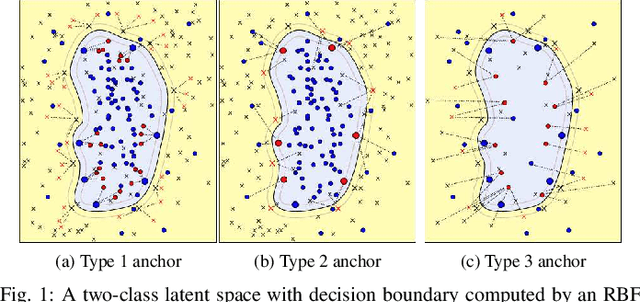
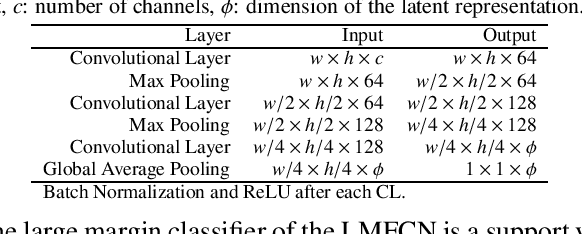
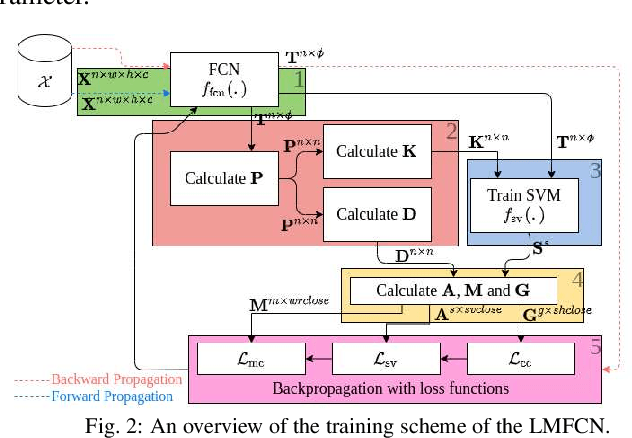
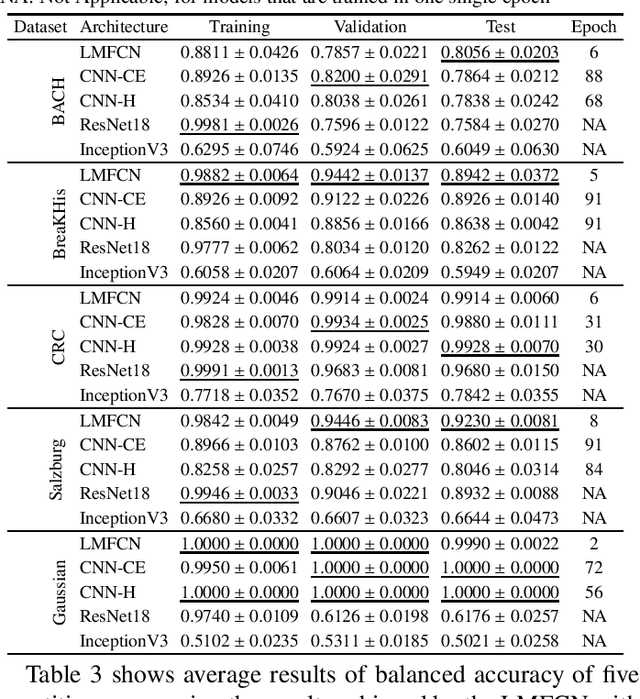
Abstract:This paper presents a novel approach combining convolutional layers (CLs) and large-margin metric learning for training supervised models on small datasets for texture classification. The core of such an approach is a loss function that computes the distances between instances of interest and support vectors. The objective is to update the weights of CLs iteratively to learn a representation with a large margin between classes. Each iteration results in a large-margin discriminant model represented by support vectors based on such a representation. The advantage of the proposed approach w.r.t. convolutional neural networks (CNNs) is two-fold. First, it allows representation learning with a small amount of data due to the reduced number of parameters compared to an equivalent CNN. Second, it has a low training cost since the backpropagation considers only support vectors. The experimental results on texture and histopathologic image datasets have shown that the proposed approach achieves competitive accuracy with lower computational cost and faster convergence when compared to equivalent CNNs.
Machine Learning Methods for Histopathological Image Analysis: A Review
Feb 07, 2021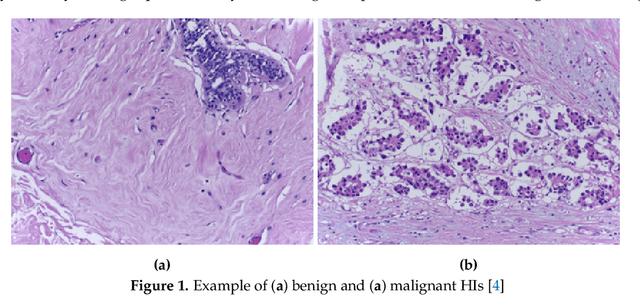
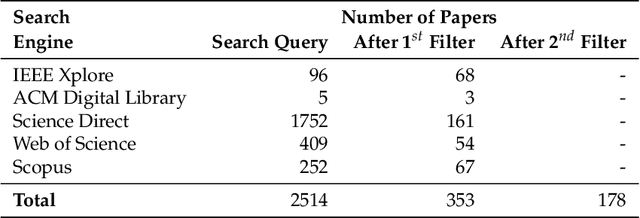
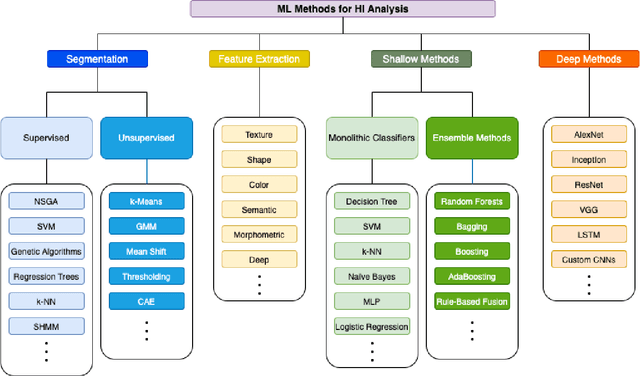
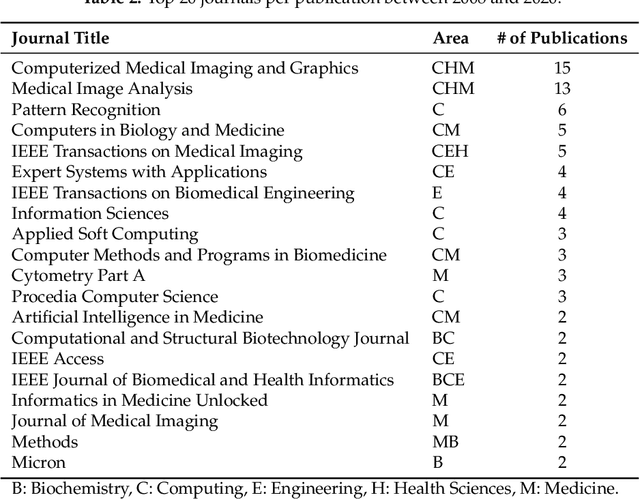
Abstract:Histopathological images (HIs) are the gold standard for evaluating some types of tumors for cancer diagnosis. The analysis of such images is not only time and resource consuming, but also very challenging even for experienced pathologists, resulting in inter- and intra-observer disagreements. One of the ways of accelerating such an analysis is to use computer-aided diagnosis (CAD) systems. In this paper, we present a review on machine learning methods for histopathological image analysis, including shallow and deep learning methods. We also cover the most common tasks in HI analysis, such as segmentation and feature extraction. In addition, we present a list of publicly available and private datasets that have been used in HI research.
Deep Learning Approaches for Image Retrieval and Pattern Spotting in Ancient Documents
Jul 22, 2019
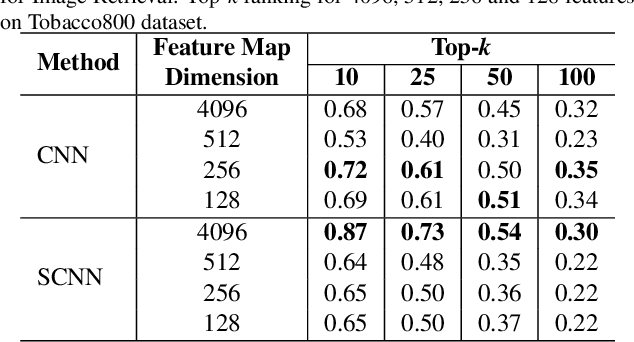

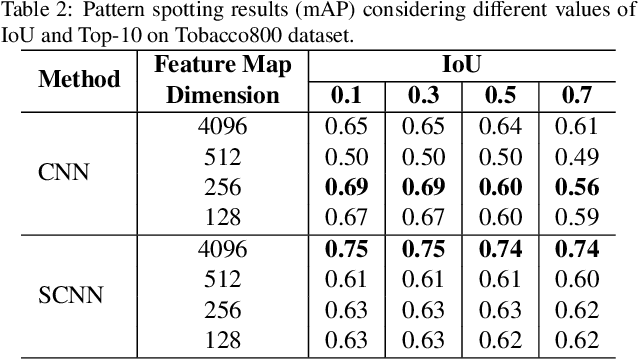
Abstract:This paper describes two approaches for content-based image retrieval and pattern spotting in document images using deep learning. The first approach uses a pre-trained CNN model to cope with the lack of training data, which is fine-tuned to achieve a compact yet discriminant representation of queries and image candidates. The second approach uses a Siamese Convolution Neural Network trained on a previously prepared subset of image pairs from the ImageNet dataset to provide the similarity-based feature maps. In both methods, the learned representation scheme considers feature maps of different sizes which are evaluated in terms of retrieval performance. A robust experimental protocol using two public datasets (Tobacoo-800 and DocExplore) has shown that the proposed methods compare favorably against state-of-the-art document image retrieval and pattern spotting methods.
 Add to Chrome
Add to Chrome Add to Firefox
Add to Firefox Add to Edge
Add to Edge